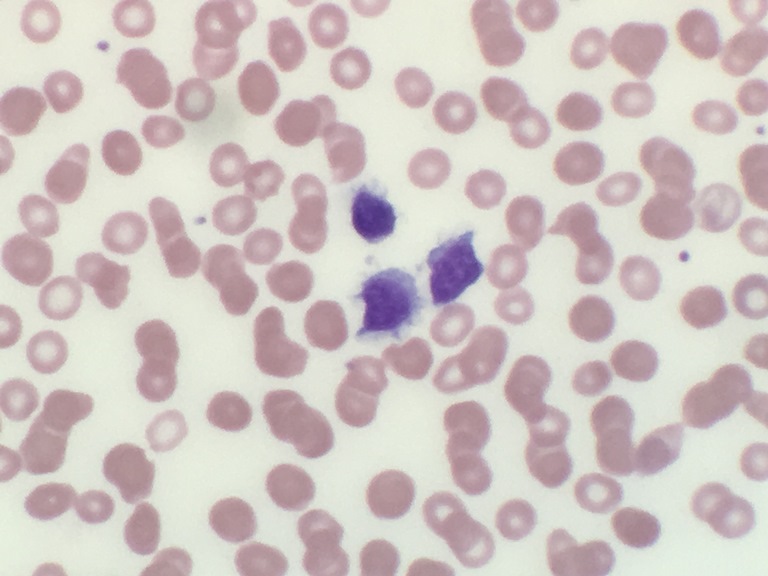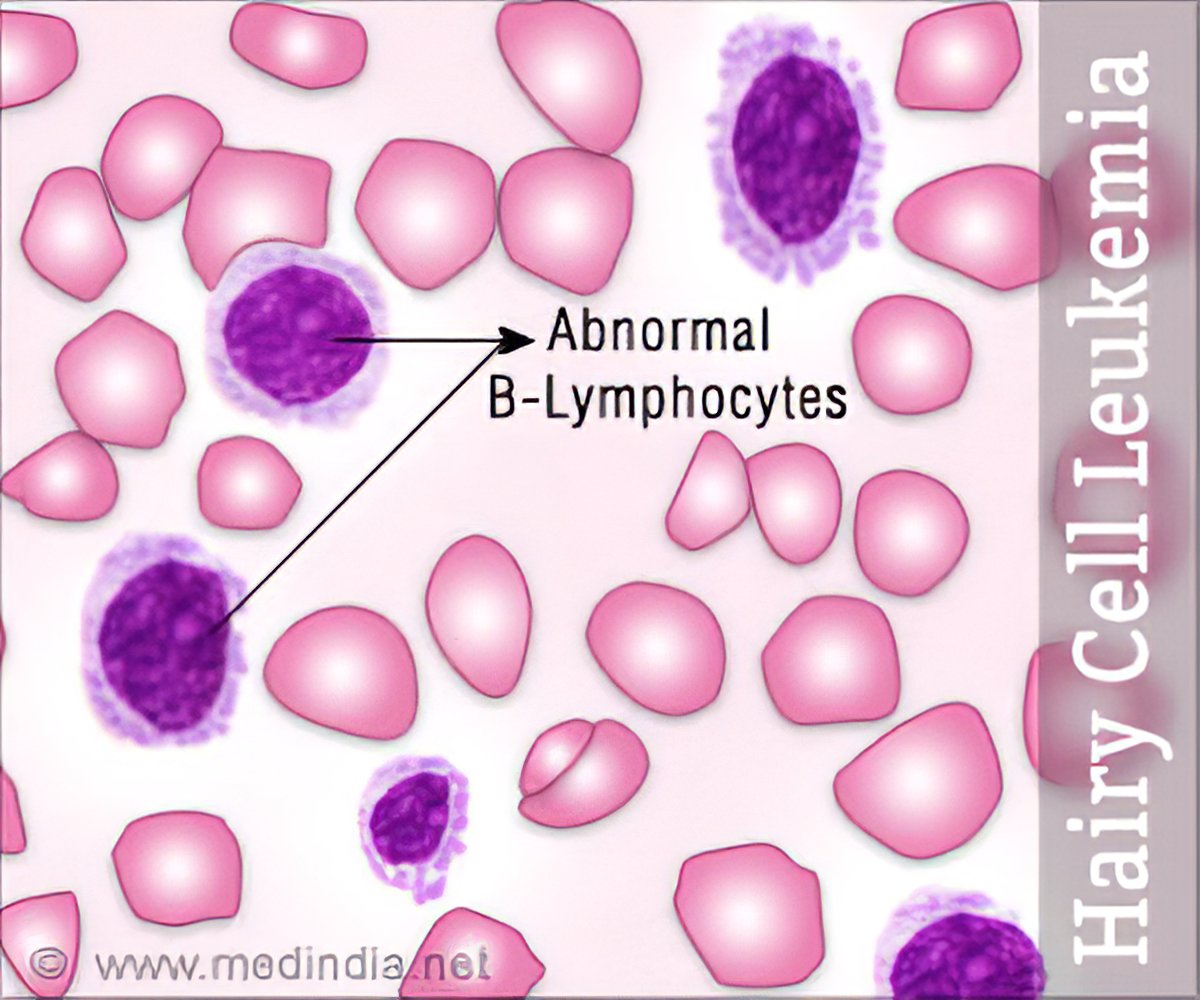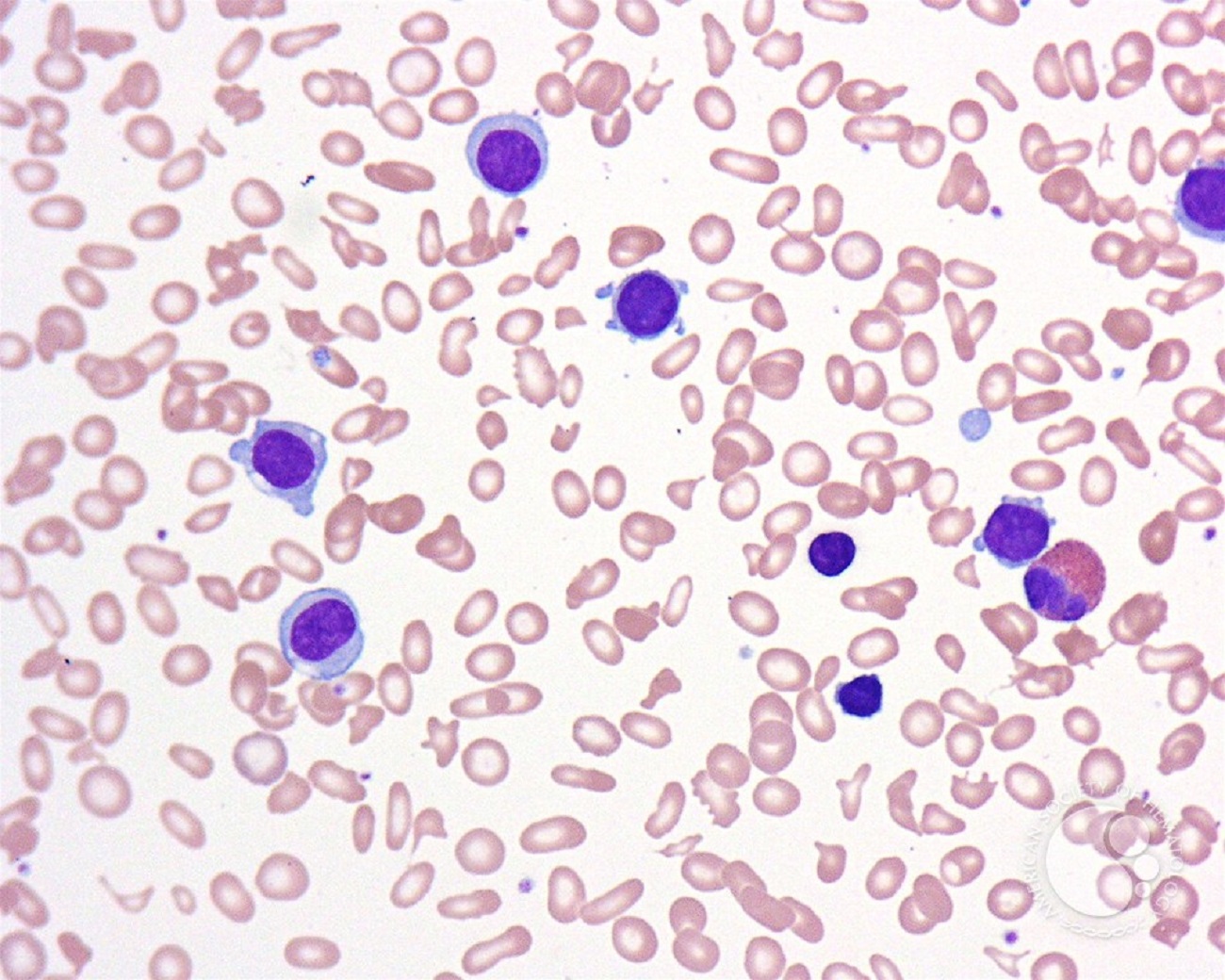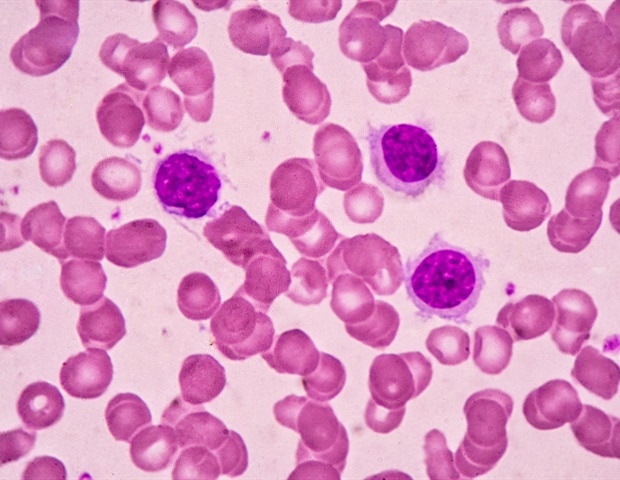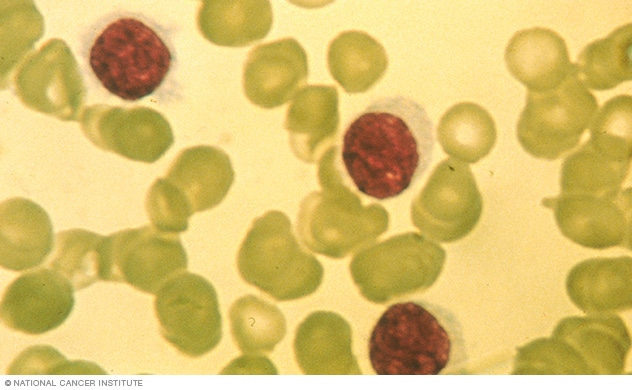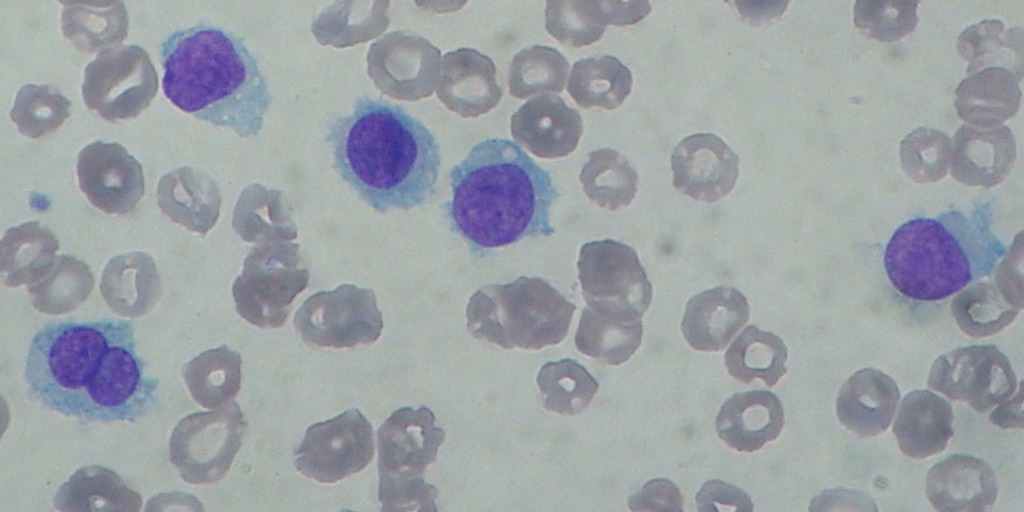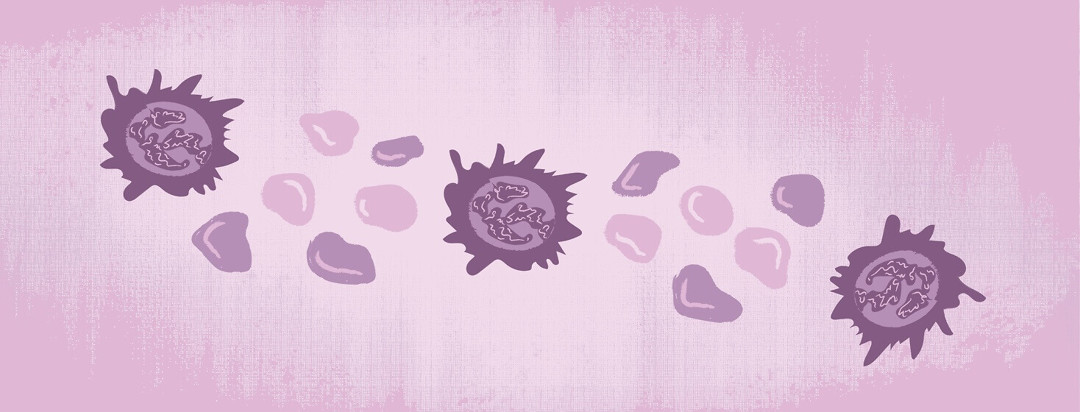This phase ii trial studies the side effects and how well cladribine and rituximab work in treating patients with hairy cell leukemia.
Hairy cell leukemia treatment side effects.
Hairy cell leukemia hcl is a cancer of the blood that starts in your bone marrow the soft tissue inside bones where blood cells are made.
Find out everything you need to know about hairy cell leukemia including treatment options.
What are the side effects from the treatments.
Symptoms from these can include fever cough rashes headaches or confusion.
Feinberg school of medicine.
The leukemia cells can build up in the blood and bone marrow so there is less room for healthy white blood cells red blood cells and platelets.
What are the side effects of hairy cell leukaemia treatment.
It also causes damage to fast growing normalcells including hair cells and cells that make up the tissues in your mouth gut and bone marrow.
Drugs used in chemotherapy such as cladribine work in different ways to stop the growth of cancer cells either by killing the cells by stopping them from dividing or by stopping them from spreading.
Clinical trials are studying new biological therapies and targeted therapies for treating hairy cell leukemia.
Before you undergo treatment talk with your doctor about potential side effects.
Side effects include flu like symptoms such as fever and fatigue.
Lurie comprehensive cancer center of northwestern university.
Types of hairy cell leukemia treatment for many people with hairy cell leukemia starting treatment helps them focus on moving ahead and looking forward to their disease s remission.
For other patients side effects can be more severe sometimes requiring hospitalization.
This may cause infection anemia and easy bleeding.
Some of the leukemia cells may collect in the spleen and cause it to swell.
Chemotherapy kills cells that multiply quickly such as leukaemic cells.
Hairy cell leukemia hcl tends to be slow growing.
For most patients treatment side effects are temporary and go away once therapy ends.
This summary is about hairy cell leukemia.
Several types of approaches and treatment are used for adults with hairy cell leukemia some at different stages.
Doctor visits are done every few months to check for signs that the hcl is growing and to see if it s causing any problems like low blood counts fatigue or an enlarged spleen.
Patients with hairy cell leukemia have disturbed immune systems due to changes in their blood cells.
Infections due to fungus and viruses can affect the skin lungs liver or brain.
Patients without symptoms often don t need to be treated right away but they do need to be watched carefully.









